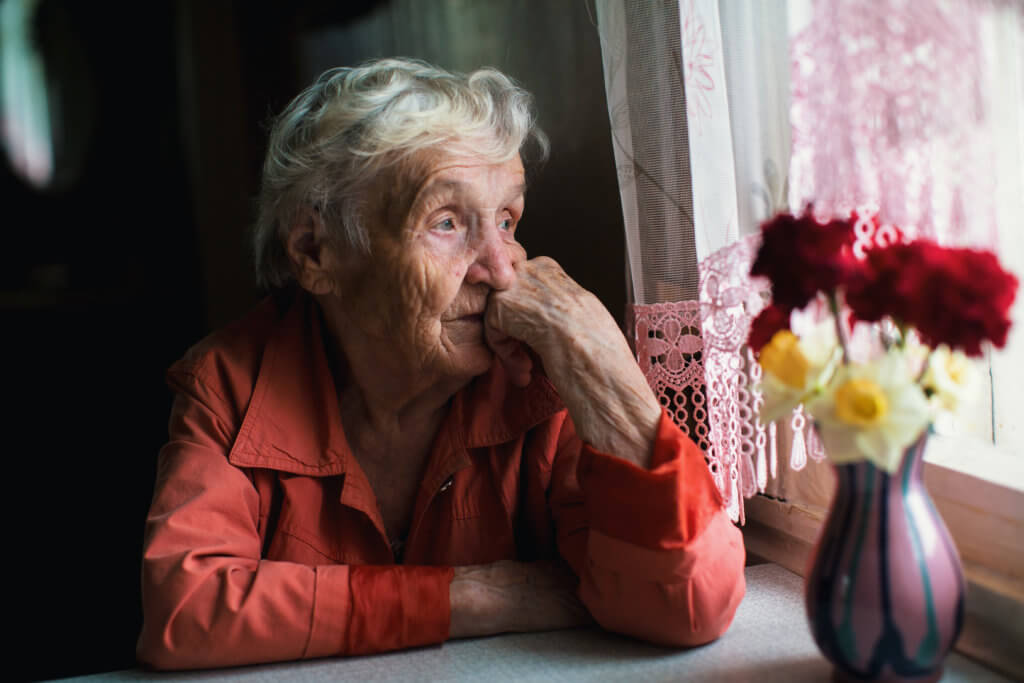TUCSON, Ariz. — Most people can appreciate the need for a little alone time, especially at the end of a hectic day or during a relaxing weekend. However, at a certain point, it’s natural to start looking forward to social interactions again after a few hours in solitude. Now, researchers from the University of Arizona are examining the nuanced relationship between connecting and separating alone time and creeping feelings of actual loneliness.
Scientists say alone time and loneliness are very different, and not even all that closely related. Study authors explain that people don’t tend to feel lonely at all until they spend three-quarters of their time alone. Once alone time tips above 75 percent, however, it becomes much more difficult to stave off feelings of loneliness and isolation.
Researchers also note that among older adults in particular, there is an especially strong connection between spending time alone and feeling lonely. This work was conducted by Alex Danvers, a former postdoctoral associate at UArizona, and Liliane Efinger, a former visiting graduate student.
People’s social networks tend to shrink as they grow older, and the ability to spend time with others is quite diminished for many older adults, according to David Sbarra, a UArizona professor of psychology and a senior author on the paper.
“Among adults 68 years and older, we found that loneliness is strongly connected with being socially isolated,” Sbarra says in a media release.
Referencing the 2023 U.S. Surgeon General’s advisory about the pattern of increased loneliness lately, Prof. Sbarra explains more and more attention has been placed on loneliness as a health determinant in recent years.
“We are learning more and more about the importance of social connections for human health, and it appears that loneliness and isolation are related but distinct concepts,” Sbarra adds.
“We needed a good measure of how much time people spend alone, and that’s why we started this research,” notes Matthias Mehl, a UArizona psychology professor, also a senior author of the study.

Over the course of his career, Prof. Mehl developed a method for studying social activity during everyday life. Called the Electronically Activated Recorder, or EAR, it is a smartphone app capable of recording (with participants’ permission) the sounds made by subjects for 30 seconds every 12 minutes.
EAR is a useful tool for observing daily social behaviors, Prof. Sbarra contends. For this latest work, the researchers used EAR to characterize time spent alone.
“Feeling lonely is different from being alone, and EAR is an exciting new method for assessing time spent alone,” the researcher explains.
Overall, participants spent 66 percent of their time alone, but those who were alone for more than 75 percent of their time were the ones who felt the most lonely. Upon analyzing results from the entire participant pool, a mere three percent overlap between aloneness and loneliness appeared.
Prof. Mehl explains that for young people, being alone and loneliness are just two different things. They may feel lonely in a crowd, or they may not feel lonely when they are by themselves. The case, however, is different for older adults. For older individuals, feeling lonely and being alone are tightly linked. Thus, being with others and socializing is the way to combat feelings of loneliness, according to researchers. The robust relationship between these two factors was noted among adults older than 67 — and an overlap was seen of about 25 percent between loneliness and aloneness in older people.
This project encompassed over 400 participants using archival data to collect a series of earlier studies completed over the course of the past 20 years.
“For instance, we know if the person is on the phone, if they are driving, watching television or if they are interacting with a partner or a stranger,” Prof. Mehl comments.
While EAR offers many benefits, it is a time-consuming method for researchers looking to quantify the metrics of social behavior. To avoid hours of coding sound files, and more efficiently measure aloneness, Prof. Mehl is now working with a team to develop a new smartwatch app called SocialBit that will be analogous to commercially available fitness trackers. Just like a fitness tracker counts steps, SocialBit will measure social activity by measuring minutes of conversations per day. Researchers hope to roll out the new device within the next few years and are working to develop it specifically for stroke patients during recovery, as social isolation after stroke is significant and common.
“In order to facilitate more social connection, we first need to be able to measure it well,” Prof. Mehl concludes. “Methods like SocialBit can tell people, ‘You’ve been solitary for too long. It’s time to try to have a conversation.'”
The study is published in the Journal of Research in Personality.
You might also be interested in:
- Social isolation, loneliness raise risk of death from heart attack or stroke by nearly a third
- Lonely teens are more likely to perform poorly in school
- Loneliness takes up to 5 years off an older adult’s life

